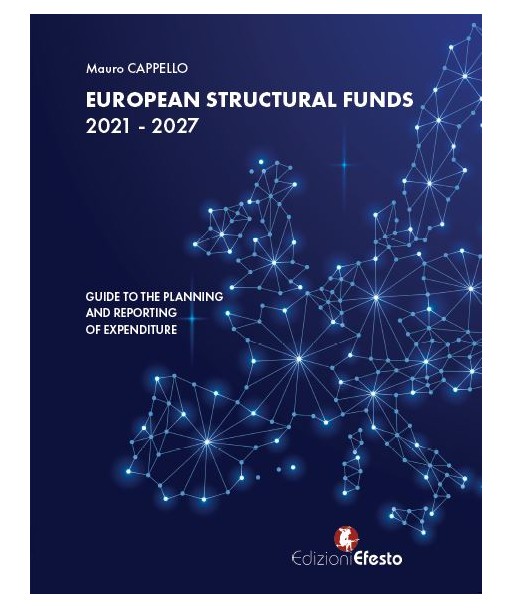- -5%




Politica di sicurezza

Politica di consegna

Politica di reso

Spedizione gratis da 50,00€

Spedizione gratis (ritiro in libreria)
The book “European Structural Funds 2021-2027” is characterized by a decidedly innovative approach and is aimed at businesses, training companies, freelancers, public sector employees, Universities, and the political world. The Author pays greater attention to practical activities such as project design and expense reporting, which must be well understood by those who intend to access European funds. The new European Regulations relating to common provisions, the European Regional Development Fund (ERDF), and the European Social Fund Plus (ESF+) are explained starting from the new elements compared to the previous period. The strategic policy objectives (POs), the different classification of regions, the new architecture of the Management and Control Systems (MCSs) are the central topics of the book and provide an overview of the 2021-2027 programming. The book guides the reader in drafting a European project, illustrating the main phases with reference to the two most important design tools recommended by the European Commission in its calls for proposals: the Logical Framework Matrix and the Project Cycle Method. The analysis of the problems that the investment aims to solve (even partially), the definition of objectives, the study of the strategy, the determination of necessary tools, and the construction of the budget are detailed with the use of real projects. Specific chapters are about: Crowdfunding, a useful tool for obtaining the beneficiary’s own resources and some elements of Project Management. The book also illustrates the types of eligible expenses, real-cost reporting, the documentation to be acquired (expense and payment justifications), and the methods for their proper management to avoid financial rectifications during audits that could cause serious harm to the beneficiaries. The last chapter is about the so-called Simplified Cost Options (SCOs), a very simple reporting method that will be used in the new programming, in particular: standard costs, lump sums, flat-rate financing, and financing not linked to costs are explained in detail, including application examples.